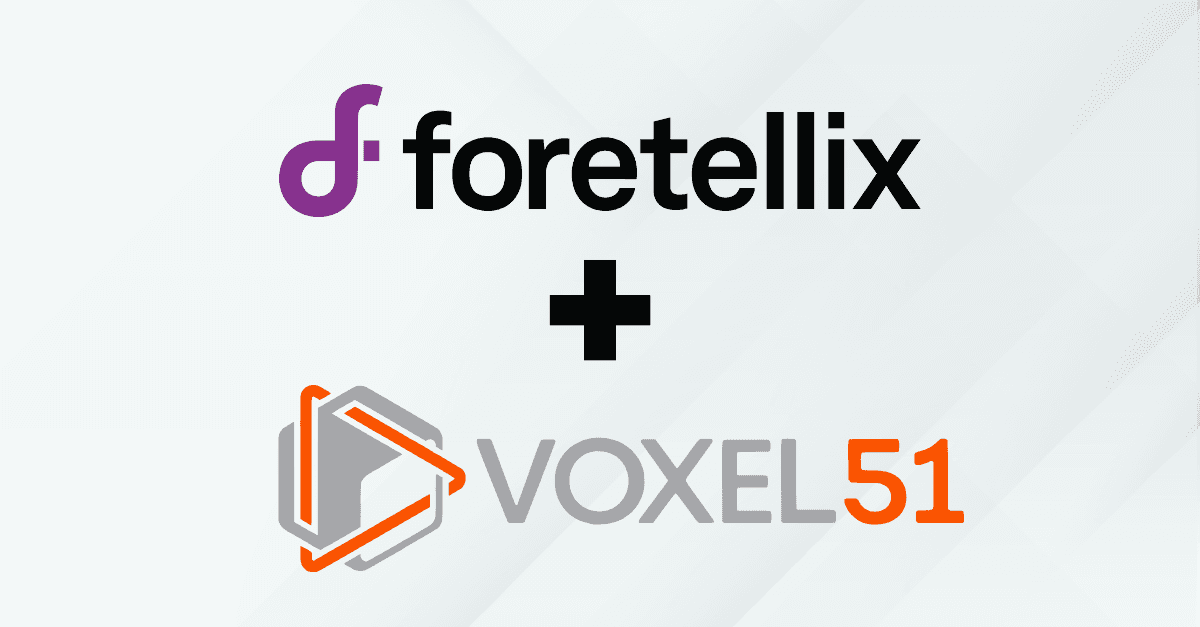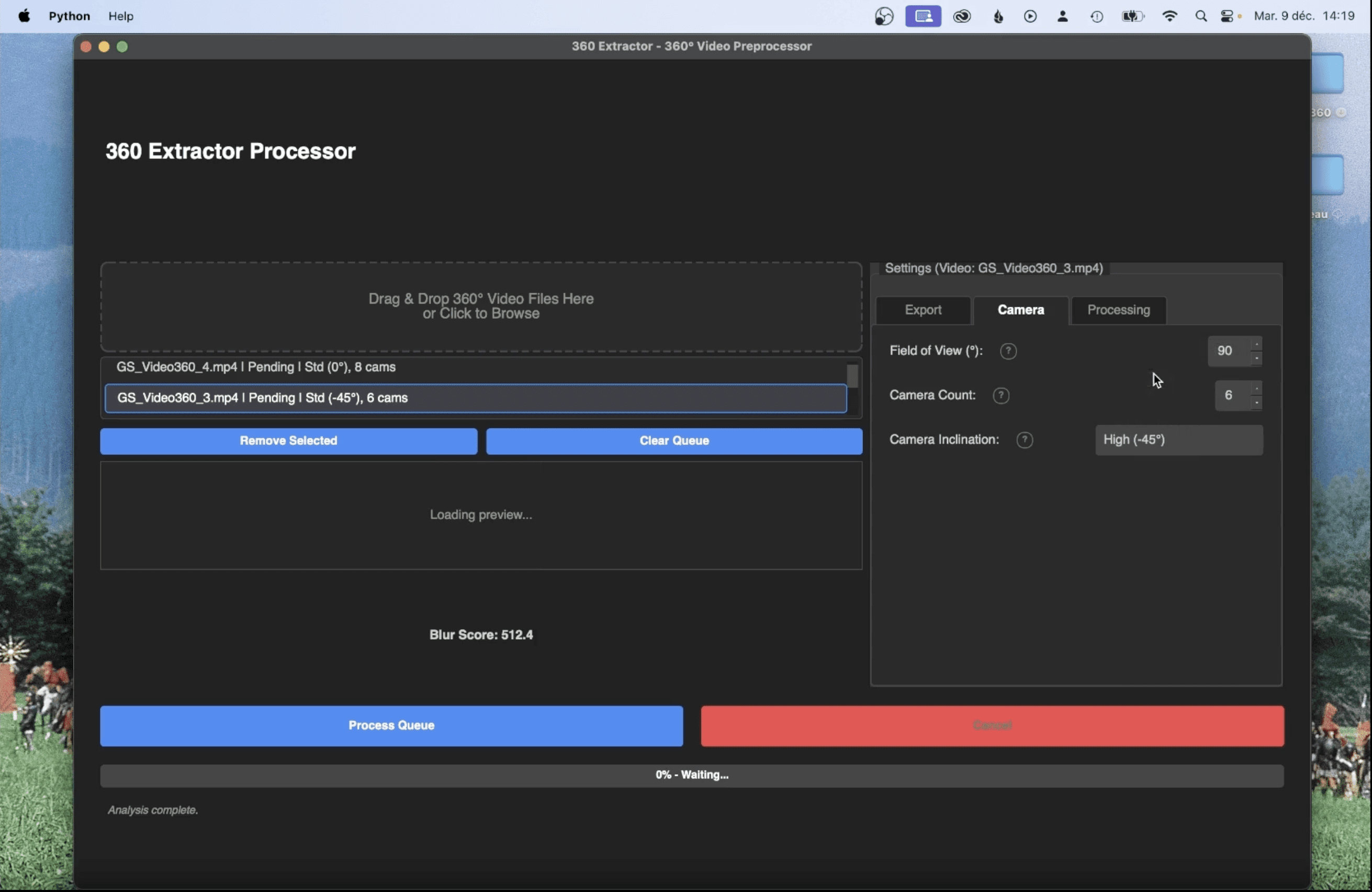

Michael Rubloff
Sep 23, 2024
Antoine Guédon and Vincent Lepetit, the two authors behind the popular paper SuGaR have returned with a couple of exciting announcements today. First, they have released the code for their follow-up paper to SuGaR, Gaussian Frosting, which will be presented at ECCV as an oral presentation. We took a look at Gaussian Frosting, which builds on SuGaR and enables editing of Radiance Fields much earlier in the year.
The second announcement and one that could be more consequential for a larger user base is the announcement and release of a Blender plugin for Gaussian Frosting. This means that you can bring in your Gaussian Splatting captures, mesh it with SuGaR and Frosting, and then edit, sculpt, combine, or even animate the scenes to your liking.
We saw some examples of this earlier in the year when we first covered Gaussian Frosting, but things have clearly been stepped up. Now, no coding is required, and everything takes place within Blender— an industry standard, free platform.

As expected, you have full control over moving, rotating, rescaling, and using Blender’s platform to its fullest. During animation, bones and vertex groups will pass through SuGaR and Frosting during rendering to replicate these deformations.
Moreover, you’re not limited to a single capture with this plugin. You can bring in several meshes, as long as your computer can handle the processing. Just make sure to only combine meshes that were reconstructed using the same method (i.e., SuGaR or Frosting).
Once your edits are done, you can simply select the “Render Image” or “Render Animation” button within Blender. If you only want to re-export a PLY file, that’s also an option within Blender.
You can find the Blender plugin on GitHub. Be sure to check out the project page and code page for Gaussian Frosting and revisit our article from earlier this year. Finally, if you’re attending ECCV, don’t miss their talk!







